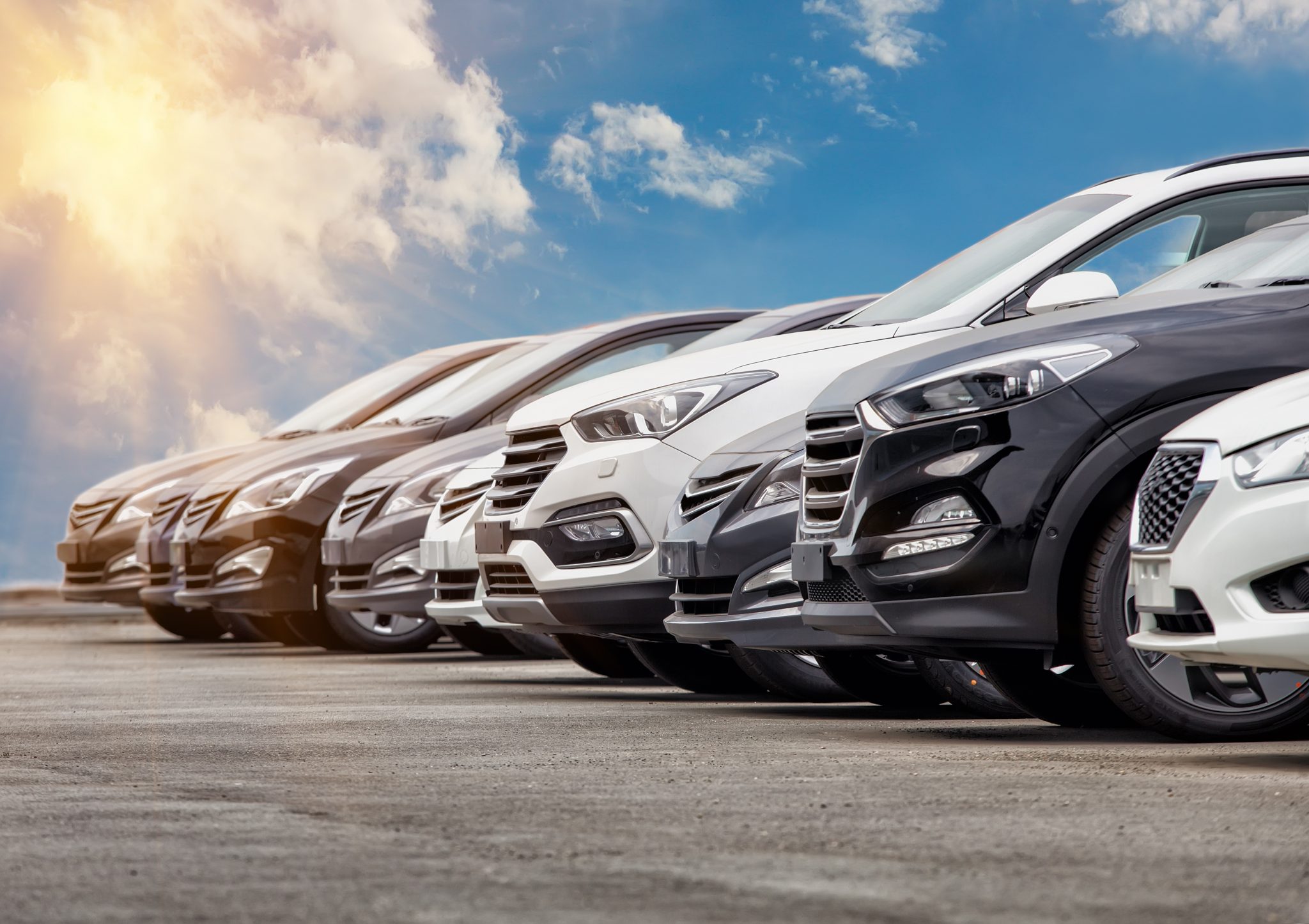SANTA MONICA, Calif.— Car shoppers in the market for an affordable used vehicle may experience a bit of sticker shock when they head to the dealership, according to the latest Used Market Report from Edmunds. In the second quarter of 2017, the average transaction price for a used vehicle was $19,227, up 2.1 percent from Q2 of 2016 and a new second quarter record.
The price spike is hitting the lowest end of the market hardest because cars 6 years old and older are holding their value much better now than they used to. Five years ago, on average a 10-year-old used vehicle retained only 21.1 percent of its original MSRP, while in the second quarter of this year, it held 26.4 percent. Shoppers looking to buy an older used truck or SUV will be particularly squeezed – for example, five years ago a 10-year-old midsize SUV retained only 16 percent of its MSRP, while in the second quarter of this year retained value doubled to 32.5 percent.
“Vehicle sales reached historic lows during the recession, and now fewer consumers have an older trade-in when they buy a new vehicle,” said Ivan Drury, Edmunds senior manager of industry analysis. “It’s the basic law of supply and demand. People still want to buy affordable older cars, but there simply aren’t as many out there.”
At the same time, shoppers who have a bit more to spend and are looking for a newer used car may be able to find unexpected bargains. A glut of off-lease vehicles and rising incentives are putting pressure on the residual values of newer cars, causing them to depreciate more quickly. Edmunds’ analysts found that while a 1-year-old used vehicle retained 76.6 percent of its value in the second quarter of 2012, this year that amount has dropped to just 70.9 percent. Car segments have been hit the hardest: One-year-old subcompact cars are worth 15 percent less than they were five years ago, midsize cars are worth 9.5 percent less, and large cars are worth 8 percent less.
“You often hear that the value of a new car drops dramatically the moment it’s driven off the dealer’s lot, and that’s more true than ever right now,” Drury said. “The surge in popularity of leasing has led to a more disposable mentality about personal vehicles, which has taken a toll on the values of newer used cars.”
These shifts at both ends of the market are making used cars as a whole less affordable. While the pricing difference between a 1-year-old and a 10-year-old used car was 55.5 percent five years ago, today that gap has narrowed to just 44.4 percent. However, this price squeeze doesn’t seem to be deterring car shoppers. For the first time ever, more than 10 million used vehicles were sold at retail in the second quarter of this year, a 1.7 percent boost from Q2 of last year and a 7.9 percent lift from Q2 of 2012.
“The dynamics of the used market are completely different now than they were five years ago, and we don’t see this trend reversing anytime soon,” said Drury. “Leasing grew steadily until late last year, so the near-new vehicle stock will continue to grow, and it’s going to take time to replenish the supply of older used models. It’s good news for those who can afford it, but for shoppers who need to find reliable transportation on a budget, this is a challenging scenario.”
For victims of Hurricane Harvey who plan to replace vehicles damaged in the storm, these market conditions pose particular challenges. “Buyers looking to replace vehicles destroyed by Harvey are stepping into a tough used car market. Prices are at record highs due to high volumes of near-new off-lease vehicles. On the other end of the spectrum, older used cars are holding their values at high rates and are in limited supply. Those who can’t afford to spend a lot are going to get squeezed on pricing, especially as a sudden increase in demand makes finding cheaper used cars even more challenging.”
“Particularly pinched will be victims whose car values won’t be completely covered by insurance write-offs. It can easily take two or three years of monthly payments to break even on a new-vehicle purchase, leaving many in negative equity situations. Owners without gap insurance to cover the difference between the current market value and what they owe on their loans and leases will end up on the hook for the difference.”








